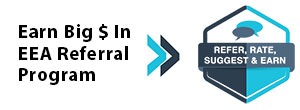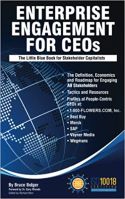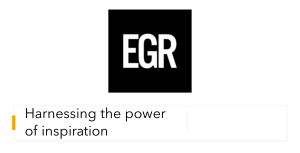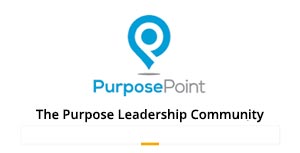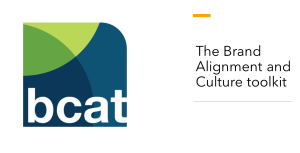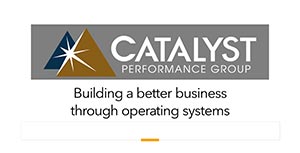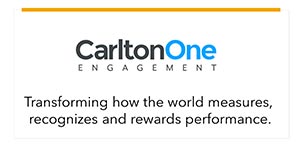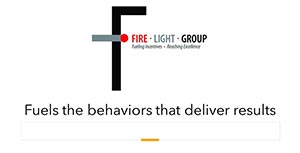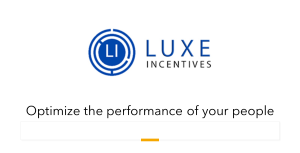Here's How CEOs Got DEI Wrong and What They Can Do About It
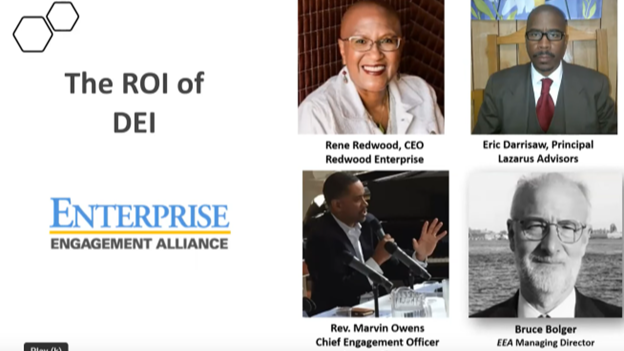 In April of 2021, the authors of this article warned that the approach being used to promote diversity, equity, and inclusion would fail, and we were right. Here’s how well-meaning people without the right focus set back the movement and what can be done to get it back on track.
In April of 2021, the authors of this article warned that the approach being used to promote diversity, equity, and inclusion would fail, and we were right. Here’s how well-meaning people without the right focus set back the movement and what can be done to get it back on track.By Bruce Bolger, Eric Darrisaw, and Dorien Nunez
- An Issue of Social Equity or Common-Sense Business?
- The Obvious Failure of DEI Implementation We Anticipated 4 Years Ago
- The Path Ahead: Focus Upon Value Creation, Opportunity, and Risk Mitigation
The Enterprise Engagement Alliance anticipated the negative reaction to the prevalent approach to DEI in 2021. Our recommendations focused then and now on DEI as a source of value creation, not as an ethnic retribution or compliance issue.
That year, the EEA published both an article, It’s Time to Focus on the ROI of Diversity, and produced a YouTube show The ROI of DEI, warning against using the same approach in business utilized to address social inequity issues in government, law, and society. We cautioned that much of the efforts in business could be seen as wasteful and virtue signaling unless tied to clear value creation.
The problem is not with the concept of DEI, but rather the way it was addressed. A recent survey of 1,000 human resources managers by Resume.org found that 56% believe the organization’s efforts were primarily for virtue signaling. It finds that 12.5% of companies are eliminating or reducing DEI programs in 2025, due to shifts in the political climate. Savings on DEI funds are being reallocated to operations and AI by 40% of respondents, according to the survey.
Today, despite recent headlines about the closing of corporate DEI initiatives, the movement isn’t going away. DEI is rightfully shifting away from virtue signaling and the divisiveness of quotas to focus on how organizations can benefit from having the broadest possible community of customers, talent, supply chain and distribution partners, and supportive communities from all income levels and walks of life.
Our ROI of DEI message for business, advocated at the height of the response to the murder of George Floyd, was not to focus on the important social justice issues raised by his killing, for which there were and are many effective advocates. Our approach focused on the practical irrefutable benefits of DEI: the simple fact that all CEOs have a fiduciary responsibility to shareholders to optimize performance, and that this is impossible without recruiting and engaging the broadest possible community of investors, board members, talent, customers, distribution and supply chain partners, and communities. In the world of business, DEI isn’t about addressing legitimate social and political grievances, it’s about how to enhance returns for shareholders.
An Issue of Social Equity or Common-Sense Business?
Rather than address the issue of DEI in business issue as a racial equity or compliance issue as it is in society and legal matters, we argued that in business it should be addressed in terms of value creation, a business opportunity, and risk mitigation, as the European Union and ISO 30414 and ISO 10018 human capital and people engagement standards essentially view the issue. The new EU Corporate Sustainability Reporting Directive, now in effect, does not require organizations to achieve specific quotas, but rather to disclose the risks and opportunities of their people management strategies; the metrics used to measure them, and practices used to enhance them. Yes, organizations should objectively analyze the risks and opportunities of having a strategy that maximizes the broadest possible marketplace for stakeholders and shareholders, as well as the risks and opportunities of failing to do so.
Similarly, ISO 30414 human capital and ISO 10018 people engagement standards bake DEI practices into the overall people operating system with the goal of drawing upon and developing the broadest possible community of highly engaged investors, customers, employees, distribution and supply chain partners, etc.
These goals are not accomplished by segregating efforts to optimize recruitment across all stakeholders, or through training alone, but by sensible business practices baked into the culture that seek out and develop the best people wherever they can be found. Why wouldn’t companies wish to find and nurture new customers, talented employees, or distribution and supply chain partners from all communities? Of course it makes sense to have board members, management, and employees representing the audiences an organization seeks to engage and to deploy practices that make everyone feel welcome and comfortable working or doing business side by side. Given that growth by tapping new markets abroad and in the US is often the least costly way to expand, failing to do so is often a fiduciary failure. One would never send an employee to work in a foreign country without training in its customs and culture.
Our focus on DEI as a form of value creation articulated in articles and on the EEA YouTube show in 2021 was generally rejected or ignored. Presenting the concept of the ROI of DEI to a group of management from hundreds of US companies organized by one of the world’s leading consulting firms, we were later told it was focused at the time on identifying the most appropriate charities for corporate social responsibility donations. The EEA was asked to remove a YouTube show on the subject, and we complied, when a university’s DEI director angrily rejected the ROI argument on camera. While two of the authors are long-term social activists on the legal side of social equity, those social-equity oriented pressure techniques generally are unproductive in business, as has been recently demonstrated.
The Obvious Failure of DEI Implementation We Anticipated 4 Years Ago
People management (and marketing) remain among the most poorly measured business practices when it comes to analysis of actual value creation and business decision-making. It’s no wonder that many well-meaning businesspeople stumbled blindly into DEI practices without sufficient strategic planning, analysis and implementation embodied in ISO standards.
- Only a small percentage of businesses are launched to address inequality or other social issues. Being told that they need to address social ills seems like an unlegislated tax.
- Many people across racial, ethnic, and generational lines equate DEI training with making them feel nervous about how they refer to colleagues for fear of offending someone.
- There is an unspoken conflict over just who is the victim of bias in today’s America. Many can argue that broad swaths of Americans experience bias from other people (not just whites), including low-income whites, Muslims, Jews, Catholics, LGBTQ+, seniors, Latinos, Chinese. Which group gets which accommodation, and how is that determined, by the severity of the injustices?
- The merit conundrum. Often a subjective determination anyway, the issue of merit in terms of filling positions doesn’t need to be further muddied by suspicion that filling a quota rather than performance won the day for someone, and it doesn’t make the recipient feel better even if the job is justifiably earned on the basis of merit.
The Path Ahead—Focus on Value Creation, Opportunities, and Risk Mitigation
- The Supreme Court and DEI opponents argue that making organizations and schools accountable for rectifying social injustice creates another form of injustice if worthy candidates are overlooked for additional reasons over which they have no control. On the other hand, making it a business or education objective to have the largest possible community of stakeholders across all demographics is a difficult benefit to refute. In a highly diverse population, it's difficult to justify restricting one's marketplace to a specific demographic group unless driven by the nature of the product or service.
- Likewise, no one can argue that when expanding into new markets and communities, it helps to have people who understand those communities, languages, cultural issues, networks, and social media platforms, and that organizations will have an easier time engaging new communities if the effort is led by members of that community who understand its language and social networks.
- Nor is it easy to oppose the notion of having an apprenticeship program that seeks to develop talent from all underserved communities, including the neurodiverse and disabled, since well-off people generally have more doors open for education and training than those who are less financially fortunate. No one should argue if such scholarships or related support is provided to people of all demographics based on income, assets, effort, and merit.
- Merit indeed should always be the criterion, based not only on the skills and attitudes needed but the ability to learn them and to get fully engaged in the organization’s mission, etc. If there’s a system for helping all economically and otherwise underprivileged or disabled people gain the skills they need, there is no need to make accommodations based on race or other factors.
- Metrics that help organizations determine the penetration of any potential market are standard practice, so it is difficult to criticize efforts to understand an organization’s share of demographic market opportunities for talent, customers, or other stakeholders. In fact, the new EU Corporate Sustainability Reporting Directive will require many large US companies to disclose this information.
Why raise the controversial issues of race, age, or gender preferences in the corporate world when common sense alone confirms the benefits of having the broadest possible community of investors, boards, talent, customers, distribution and supply chain partners, and supportive communities?
Enterprise Engagement Alliance Services
 Celebrating our 15th year, the Enterprise Engagement Alliance helps organizations enhance performance through:
Celebrating our 15th year, the Enterprise Engagement Alliance helps organizations enhance performance through:
1. Information and marketing opportunities on stakeholder management and total rewards:
- ESM Weekly on stakeholder management since 2009. Click here to subscribe; click here for media kit.
- RRN Weekly on total rewards since 1996. Click here to subscribe; click here for media kit.
- EEA YouTube channel on enterprise engagement, human capital, and total rewards since 2020
 Management Academy to enhance future equity value for your organization.
Management Academy to enhance future equity value for your organization.3. Books on implementation: Enterprise Engagement for CEOs and Enterprise Engagement: The Roadmap.
4. Advisory services and research: Strategic guidance, learning and certification on stakeholder management, measurement, metrics, and corporate sustainability reporting.
5. Permission-based targeted business development to identify and build relationships with the people most likely to buy.
Contact: Bruce Bolger at TheICEE.org; 914-591-7600, ext. 230.


